Computing
We have specific aims for pupils leaving our school having experienced our computing curriculum. We intend that all pupils understand and apply the fundamental principles and concepts of ‘Computer Science’, ‘Information Technology’ and ‘Digital Literacy’. We ensure pupils can analyse problems in computational terms and that they get to experience a variety of different computer programs. This is part of our intent because, as a school, we recognise that we are preparing pupils to work in a digital world beyond that which they currently engage with and for careers that may not yet exist. Therefore, the building of transferable skills forms a core principle in our computing curriculum. We intend for pupils to evaluate and apply known, new and unfamiliar information technologies analytically. However, we also recognise the school’s responsibility in preparing pupils to be responsible, competent, confident and creative users of information and communication technology and represent themselves in the digital world in a safe and respectful way.
Our computing curriculum is designed to ignite children’s interest in the digital world. We aim that in every computing lesson children know more and remember more of our curriculum. Our computing curriculum extends beyond the breadth of the National Curriculum to include a rich variety of engaging and exciting technologies and programmes that allow children to develop the transferable skills necessary for future success. This includes engaging with high quality robotics projects in every year group. Progression of knowledge, skills and vocabulary are all systematically planned so that by the end of Year 6, pupils are ready for the next stage of their education. The teaching of computing in our school is intended to empower pupils with the declarative knowledge (knowing that) and procedural knowledge (knowing how) to enable skilful and discerning use of technology. This knowledge is identified, sequenced and connected in the curriculum.
The knowledge and skills acquired in each year group is set out in our Progression of Knowledge and Skills document, which can be seen below.
Computing Progression of Knowledge and Skills
Curriculum Lenses
Knowledge builds in a spiralled curriculum across the school under a variety of different lenses.
These are:
Computer Science, which consists of:
- Programming and Control.
Information Technology, which consists of:
- Digital Artefact – Text
- Digital Artefact – Data
- Digital Artefact – Images
- Digital Artefact – Video
- Use of Technology in the World
- Using the Internet
Digital Literacy, which consists of:
- Content
- Contact
- Conduct
- Commerce
The school’s Computing Curriculum Statement can be found below. The curriculum statement provides an in-depth look at the school’s approach to the intent, implementation and impact of its reading curriculum. This includes, how it is planned, the pedagogical approach to delivery as well as how it is assessed for impact.
